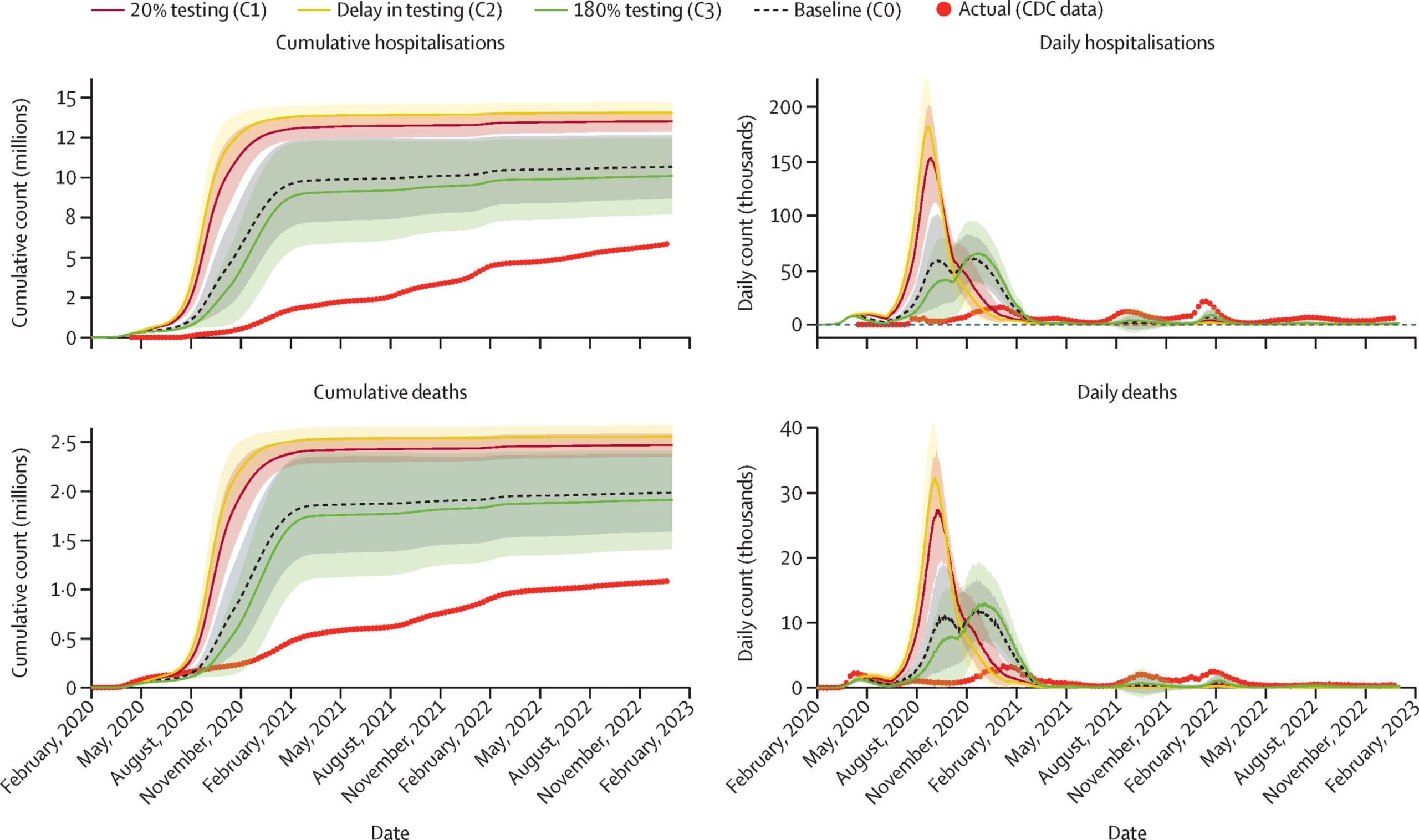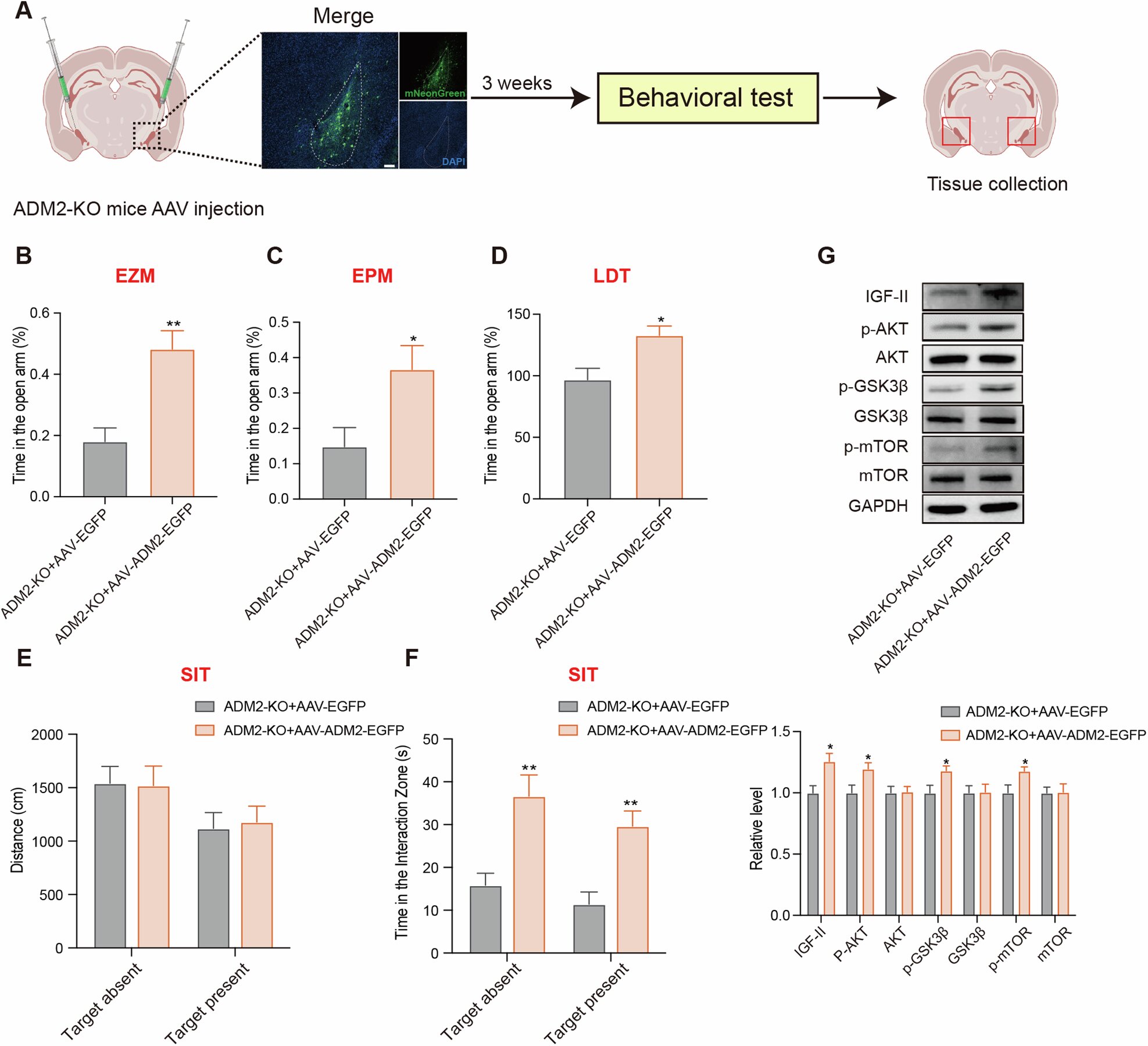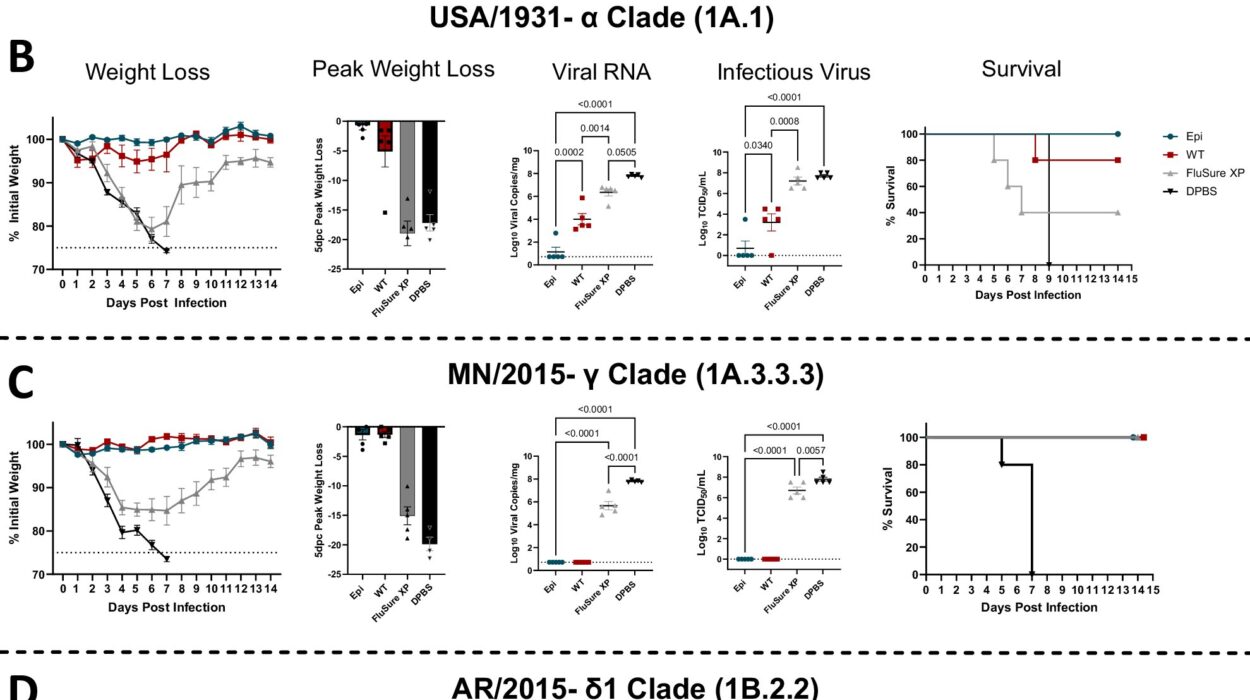The COVID-19 pandemic has dramatically reshaped our understanding of disease preparedness and response. Central to this effort has been diagnostic testing, a cornerstone in managing the spread of infectious diseases. A groundbreaking study conducted by the Johns Hopkins Applied Physics Laboratory (APL), in collaboration with key federal agencies and experts, has highlighted the critical role of testing in mitigating the impact of the pandemic.
Published in The Lancet Public Health on January 2, the study presents simulation-based evidence showing that public-private partnerships for the development, manufacturing, and distribution of COVID-19 diagnostic tests were pivotal in saving lives and preventing hospitalizations. The research estimates that these efforts saved approximately 1.4 million lives and prevented about 7 million hospitalizations in the United States alone, showcasing the life-saving potential of well-coordinated national strategies.
The collaboration involved APL, the Administration for Strategic Preparedness and Response (ASPR), the U.S. Centers for Disease Control and Prevention (CDC), and consultants from the MITRE Corporation. Together, the teams explored how early action and coordinated response strategies led to effective COVID-19 diagnostic test development and deployment.
Gary Lin, a computational epidemiologist at APL and co-author of the study, noted the transformative role of testing: “The analysis found that the early development, manufacturing, and distribution of tests significantly reduced severe COVID-19 outcomes. Through modeling and simulation, we’ve shown how national coordination can effectively leverage resources and capabilities.”
To achieve this, APL researchers employed a state-of-the-art digital twin prototype. This virtual simulation environment replicated the diagnostic testing and supply chain for COVID-19. Using the digital twin, the team was able to model baseline scenarios, forecast potential disruptions, and evaluate how various pandemic responses impacted testing availability and public health outcomes.
Elizabeth Currier, the APL digital twin project manager, emphasized its utility: “The digital twin helps us quantitatively understand the impact and consequences of disruptions and changing infection levels on test availability. It can also evaluate the impact of policies and investments and be used in planning and evaluating supply needs, aiding in response and ensuring a secure supply chain for future medical crises.”
The digital twin model leveraged a diverse set of data sources, including government stockpile records, manufacturing outputs, retail distribution channels, wastewater surveillance, and inpatient hospital data. These data sets enabled researchers to simulate complex scenarios, such as predicting test demand, identifying production bottlenecks, and optimizing distribution logistics.
Between January 2020 and December 2022, these coordinated efforts resulted in the production of more than 6.7 billion COVID-19 tests across the United States. This massive output included laboratory-based diagnostic tests, rapid point-of-care tests, and over-the-counter home testing kits. Of these, over 2.7 billion tests were actually performed, contributing immensely to the pandemic response.
Currier highlighted the importance of rapid innovation and strategic planning: “The findings underscore the importance of robust and rapid test development, production, and distribution to address future public health threats. The insights gained from integrating data go beyond responding to COVID-19: They prepare us for future pandemics with a scalable framework to allocate resources effectively.”
The insights from this study point to a broader implication: diagnostic testing infrastructure is not just for addressing ongoing crises but serves as a vital preparation tool for potential future threats. As diseases like influenza, respiratory syncytial virus (RSV), and emerging infectious diseases continue to pose risks, robust and dynamic modeling becomes indispensable for timely intervention and response.
APL’s digital twin modeling is being further refined and expanded to include these public health challenges. Under an all-hazards approach, this system now monitors testing frameworks for multiple diseases, integrating efforts to manage overlapping and simultaneous health threats. This capability not only enhances our pandemic preparedness but also streamlines our national capacity to respond effectively to medical crises of any scale.
The role of public-private partnerships, as underscored by the study, also stands out as a key lesson for future pandemic responses. By integrating government policy, private sector innovation, and scientific expertise, these collaborations achieved monumental results during COVID-19. Developing diagnostic tools rapidly, ensuring mass production, and optimizing distribution networks were only possible through close coordination among stakeholders. These findings advocate for sustained and expanded partnerships, particularly in creating adaptable solutions that scale during emergencies.
As global health security continues to be a focal point in policy discussions, the success of diagnostic testing efforts during the COVID-19 pandemic illustrates the enormous value of preparedness. Beyond merely combating immediate crises, these strategies create a foundation for resilient health systems that can respond to unexpected threats with agility and precision.
In the face of a world increasingly prone to zoonotic diseases, antibiotic resistance, and novel pathogens, the principles explored in this study provide an actionable template for the future. Testing is more than a diagnostic tool; it is a cornerstone of public health that enables informed decision-making, timely intervention, and ultimately, the preservation of lives.
Looking ahead, the advancements in simulation technology, data integration, and national planning showcased in this study represent an optimistic step toward global health resilience. With the lessons learned from COVID-19, we are better equipped to tackle the challenges that lie ahead and to build a future where rapid responses to health crises become the norm rather than the exception. The role of innovation, collaboration, and strategic investment will remain pivotal in ensuring humanity is prepared for whatever health challenges emerge next.
Reference: Steven Santos et al. The SARS-CoV-2 test scale-up in the USA: an analysis of the number of tests produced and used over time and their modelled impact on the COVID-19 pandemic, The Lancet Public Health (2025). DOI: 10.1016/S2468-2667(24)00279-2. www.sciencedirect.com/science/ … ii/S2468266724002792






